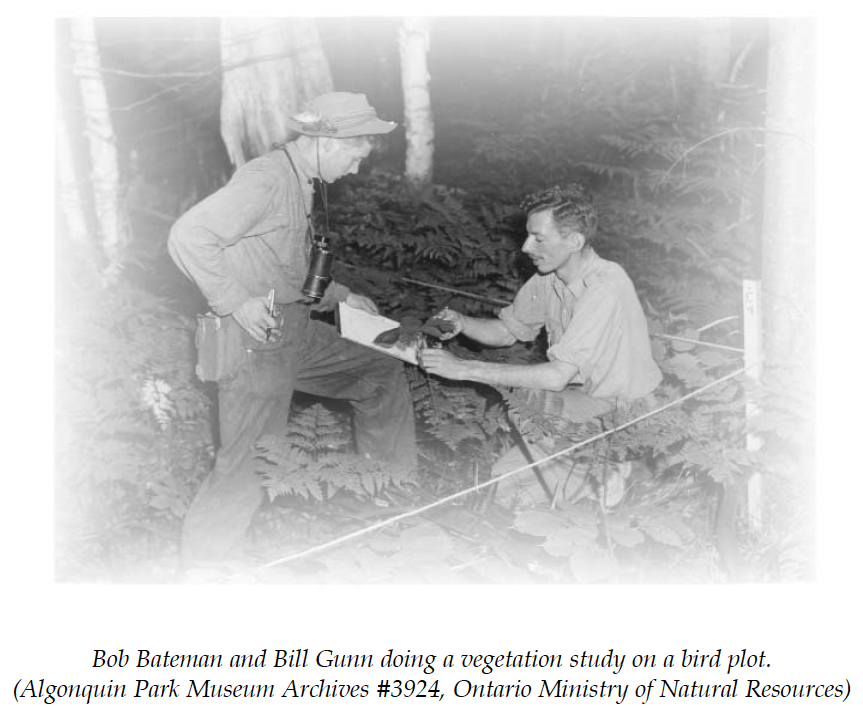When? Wednesday, October 26th: 1-2:30 pm and Thursday, October 27th: 3-5 pm.
Where? SAPLab, Macintosh-Corry E303
*Free admission, of course, but you are welcome to bring a fallen autumn leaf that catches your ear/eye.
_______________________
‘We no longer have old-growth white pine forests in our territory.’
LB Simpson, As We Have Always Done: Indigenous Freedom Through Radical Resistance, p. 4
Imagine the white pine forest that stretched from the Ottawa Valley to the shores of Lake Ontario. Michi Saagiig Nishnaabeg scholar and musician Leanne Betasamokase Simpson learned stories of it from her elders. Much of it became timber to help in building the cities of Boston, Chicago and New York. Many settler colonial family trees whisper with this ‘infinite resource’ that once was.
You are invited here to listen to/through Blasted Pine Speakers, a sound installation made in collaboration with Laura Jean Cameron (GPPL), Matt Rogalsky (DAN School of Music and Drama) and the eastern white pine (zhingwaak, pinus strobus) who lived for many decades intact beside the Manager’s cabin at the Algonquin Wildlife Research Station until struck by lightning in the fall of 2019.
Blasted Pine Speakers is part of our collaboration investigating the life and work of the early Canadian environmental sound recordist, Bill (William Walker Hamilton) Gunn, a former Manager of the Algonquin Wildlife Research Station in the early 1950s. Seventy years ago, this white pine likely stood outside his door.
Gunn (1913-1984) was an international pioneer and key popularizer of ‘nature’ sound recordings. As the creator of high quality field recordings, including the wildlife soundtracks for CBC's ‘The Nature of Things’ for over twenty years, Gunn recorded soundscapes across Canada as well as locations in the Galapagos Islands, East Africa, Sri Lanka and Costa Rica. The Queen’s University Archives houses the William (Bill) Walker Hamilton Gunn fonds.
Through discussions with Indigenous people living on these lands in present-day Ontario, we have come to understand that the white pine is recognized as ancestor and shape-shifter by the Anishinaabe and as a Tree of Peace for the Haudenosaunee. Our process for engaging with the pine shards from the Algonquin Park Wildlife Research Station is informed by our commitment to Indigenous freedom and has the permission of the AWRS.
Seated between the blasted pine shards, you can listen to sounds from:
- Gunn’s LP, A Day in Algonquin Park, 1955
- a thunder storm recorded in Kingston, 2015
- a massively discordant 19th century piano from Liverpool, as found in the George Bryson House museum in Fort Coulonge, PQ. Bryson (LJC’s great, great, great-uncle) was one of the lumber barons responsible for cutting down the great white pine forests of eastern Canada.
Gunn had worked for several summers at the AWRS training younger students (including the future wildlife artist Robert Bateman, see image below) before he became director in 1951. The next year he left the AWRS to become the first executive director of the fledgling Federation of Ontario Naturalists (now Ontario Nature), an umbrella organization for amateur and professional clubs dedicated to the “wise use” of natural areas. Gunn came up with the idea to make a record of bird songs to raise funds for the Federation. The 2nd in the series was A Day in Algonquin Park (1955) created from his collection of wildlife and environmental sounds that he started amassing in 1950 to become what the CBC boasted was “one of the largest libraries of bird, insect and mammal sounds in the world.”

 Department of Geography and Planning
Department of Geography and Planning